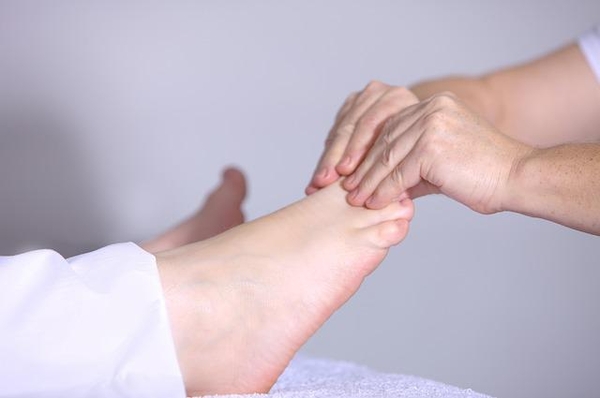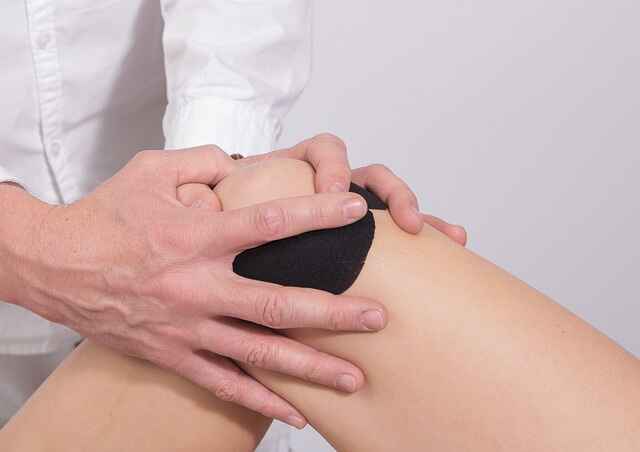Osteoarthritis is a painful condition that affects large joints like the knee and hip. The cartilage in the joints wears down over time and creates inflammation which causes a lot of pain. The pain often limits your daily activities, and you may find that it’s difficult to move around without having to use crutches or an orthopedic cane.
Causes
Primary osteoarthritis is a heterogeneous disease, which means it can be caused by a variety of factors other than “wear and tear.” Some of the factors that contribute to OA are modifiable (can be changed), while others are not (cannot be changed such as being born with it or now permanent).
Age is a factor, but not all older adults develop osteoarthritis, and those who do do not all experience associated pain. Inflammatory and metabolic risks can also increase the incidence of osteoarthritis, particularly in the presence of diabetes and/or high cholesterol. (Source)
Also Read: Complete Guide on Rheumatoid Arthritis: Cause, Symptoms & Treatment
Symptoms

Osteoarthritis pain, unlike other types of arthritis, usually develops gradually over months or years. It frequently worsens with joint-stressing activities like running or prolonged walking.
- Pain and joint swelling tend to worsen gradually over time.
- A sensation of crunching or grinding may be felt in affected joints at times, especially in more advanced disease.
- In comparison to inflammatory arthritides such as rheumatoid or psoriatic arthritis, prolonged morning stiffness is not a prominent symptom of OA. (Source)
Diagnosis
- Obtaining a thorough history of your symptoms and inspecting your joints X-rays may be necessary to ensure that there is no other cause for the pain.
- Except in unusual circumstances or when a cartilage or surrounding ligament tear is suspected, magnetic resonance imaging (MRI) is generally not required.
- If a joint is very swollen, a doctor may need to drain fluid from it. The fluid can be tested to look for signs of other types of arthritis, such as gout. (Source)

Treatment
Osteoarthritis has no known cure. Mild to moderate symptoms are typically well controlled by a combination of pharmacologic and nonpharmacologic treatments. Among the medical treatments and recommendations are:
- Medications (topical pain medicines and oral analgesics including nonsteroidal anti-inflammatory medications, NSAIDs).
- Exercise (land- and water-based).
- Hot and cold packs that alternate (local modalities).
- Physical, occupational, and exercise therapy are all forms of therapy.
- Loss of weight (if overweight).
- Diabetes and cholesterol management, as well as healthy eating
- Braces, orthotics, shoe inserts, a cane, or a walker are examples of assistive devices.
- Therapies involving intra-articular injections (steroid, hyaluronic acid “gel”).
- Vitamins and supplements are examples of complementary and alternative medicine strategies.
When other medical treatments are ineffective or have been exhausted, surgery may be beneficial in relieving pain and restoring function, particularly in advanced OA. (Source)
Diet

- Fish high in omega-3 fatty acids, such as salmon and mackerel, have natural anti-inflammatory properties that may help reduce OA symptoms.
- Fruits and vegetables contain antioxidants that help to reduce inflammation in the body. They are also high in fibre, which can help with digestion and maintaining a healthy body weight.
- Nuts are high in calcium, magnesium, zinc, and vitamin E. Pistachios, walnuts, and almonds are high in monounsaturated fats, which can help fight inflammation.
- Both garlic and onions contain the compound diallyl disulfide, which has been shown to slow cartilage deterioration.
- Beans’ high fibre content has also been shown to reduce C-reactive protein in the blood, a known inflammatory marker. (Source) (Source)





